Original Illustrations From The 1851 Edition Of The Iconographic Encyclopedia Of Science, Literature


Original illustrations from the 1851 edition of the Iconographic Encyclopedia of Science, Literature and Art by J.G. Heck.
More Posts from Contradictiontonature and Others

WHAT??? Time to update those textbooks.
Did life begin on land rather than in the sea?
Stromatolites are round, multilayered mineral structures that range from the size of golf balls to weather balloons and represent the oldest evidence that there were living organisms on Earth 3.5 billion years ago.
Scientists who believed life began in the ocean thought these mineral formations had formed in shallow, salty seawater, just like living stromatolites in the World Heritage-listed area of Shark Bay, which is a two-day drive from the Pilbara.
But what Djokic discovered amid the strangling heat and blood-red rocks of the region was evidence that the stromatolites had not formed in salt water but instead in conditions more like the hot springs of Yellowstone.
The discovery pushed back the time for the emergence of microbial life on land by 580 million years and also bolstered a paradigm-shifting hypothesis laid out by UC Santa Cruz astrobiologists David Deamer and Bruce Damer: that life began, not in the sea, but on land.
Stromatolites.Credit: © Ints / Fotolia

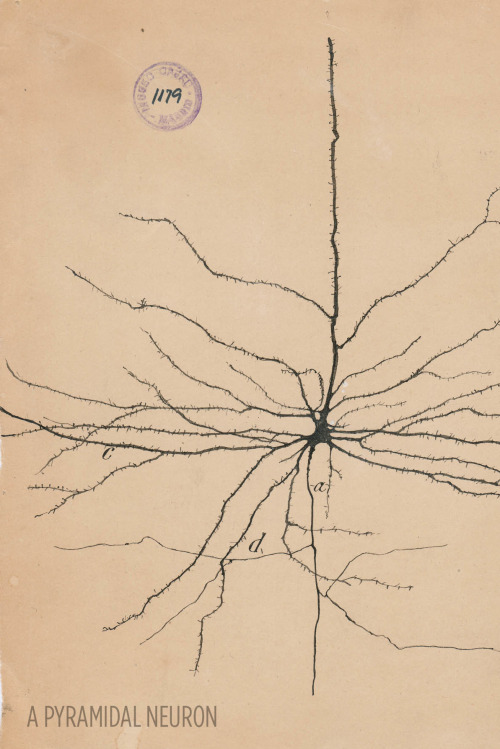

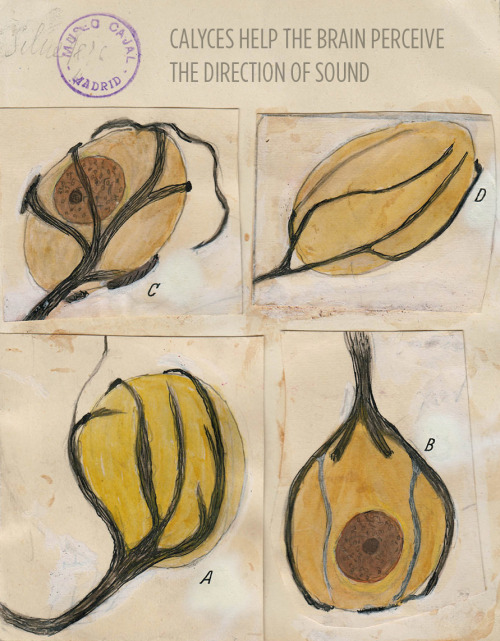
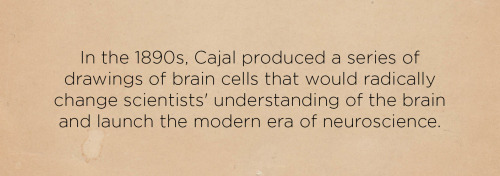
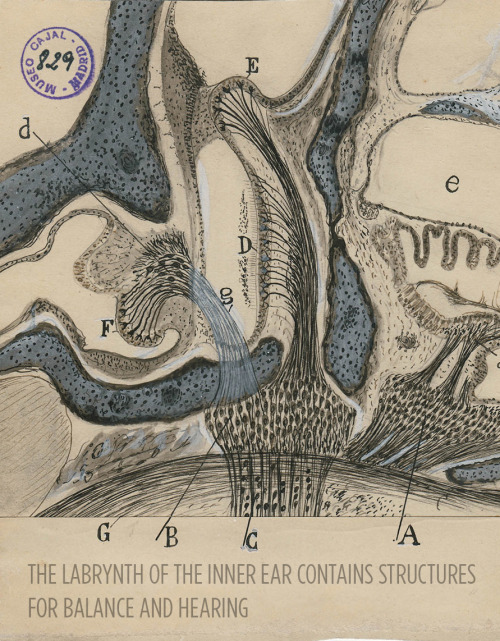

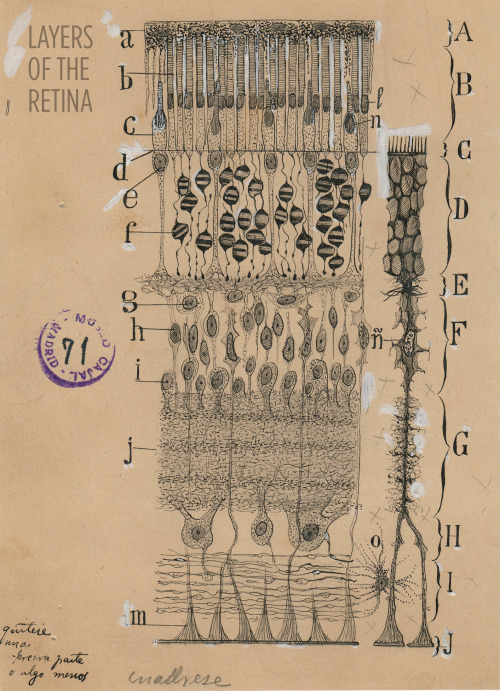
Art and science in beautiful conversation!
Here’s a 30-something Santiago Ramón y Cajal hanging out in his library:

For more, check out this article or visit the Weisman Art Museum in Minnesota before May 21.
Images courtesy of Instituto Cajal del Consjo Superior de Investigaciones Científicas, Madrid

A mighty membrane that twists and turns through the gut is starting the new year with a new classification: the structure, called the mesentery, has been upgraded to an organ.
Scientists have known about the structure, which connects a person’s small and large intestines to the abdominal wall and anchors them in place, according to the Mayo Clinic. However, until now, it was thought of as a number of distinct membranes by most scientists. Interestingly, in one of its earliest descriptions, none other than Leonardo da Vinci identified the membranes as a single structure, according to a recent review.

After the four new additions, here’s a look at the origins of all the element names in the periodic table! High-res image/PDF: http://wp.me/p4aPLT-1Ru
Also featured in The Conversation UK alongside an article from Professor Mark Lorch here: https://goo.gl/g60pGU
Who is more humble? The scientist who looks at the universe with an open mind and accepts whatever the universe has to teach us, or somebody who says everything in this book must be considered the literal truth and never mind the fallibility of all the human beings involved?
Carl Sagan





Neil deGrasse Tyson talking about creationism, science celebrities and kids on National Geographic. Watch the full video here.

It’s a textbook moment centuries in the making: more than 200 years after scientists started investigating how water molecules conduct electricity, a team has finally witnessed it happening first-hand.
It’s no surprise that most naturally ocurring water conducts electricity incredibly well - that’s a fact most of us have been taught since primary school. But despite how fundamental the process is, no one had been able to figure out how it actually happens on the atomic level.
“This fundamental process in chemistry and biology has eluded a firm explanation,” said one of the team, Anne McCoy from the University of Washington. “And now we have the missing piece that gives us the bigger picture: how protons essentially ‘move’ through water.”
Continue Reading.

Scientists have developed a new drug that could be a safer alternative to morphine for medical use. The researchers found that engineered variants of endomorphin, a naturally occurring chemical in the body, are as strong as morphine when it comes to killing pain.
On top of that, the medication doesn’t produce any of the unwanted side effects that come with opium-based drugs – such as being extremely addictive. At this point, the findings only relate to tests in rats, but it’s a promising start to what could be a powerful and less problematic painkiller.
Opioid pain medications are commonly used to treat severe and chronic pain, but in addition to their habit-forming qualities, patients also build up a tolerance to them over time. Hand in hand with their addictiveness, this can makes higher doses – and overdoses in drug abuse situations – dangerous. Overdoses can cause motor impairment and potentially fatal respiratory depression, resulting in thousands of deaths in the US every year.
-
 hazy-halls liked this · 4 months ago
hazy-halls liked this · 4 months ago -
 vxldemar reblogged this · 6 years ago
vxldemar reblogged this · 6 years ago -
 korkhaus liked this · 6 years ago
korkhaus liked this · 6 years ago -
 fingeredbyscissorhands reblogged this · 6 years ago
fingeredbyscissorhands reblogged this · 6 years ago -
 fingeredbyscissorhands liked this · 6 years ago
fingeredbyscissorhands liked this · 6 years ago -
 djwhatshertoes liked this · 7 years ago
djwhatshertoes liked this · 7 years ago -
 majormelon liked this · 7 years ago
majormelon liked this · 7 years ago -
 selfishnessforsale reblogged this · 8 years ago
selfishnessforsale reblogged this · 8 years ago -
 aresandaphro liked this · 8 years ago
aresandaphro liked this · 8 years ago -
 eudeamonia reblogged this · 8 years ago
eudeamonia reblogged this · 8 years ago -
 eudeamonia liked this · 8 years ago
eudeamonia liked this · 8 years ago -
 thejoyofweird reblogged this · 8 years ago
thejoyofweird reblogged this · 8 years ago -
 sulfon-amide liked this · 8 years ago
sulfon-amide liked this · 8 years ago -
 angelpj reblogged this · 8 years ago
angelpj reblogged this · 8 years ago -
 frcnkenstein-blog reblogged this · 8 years ago
frcnkenstein-blog reblogged this · 8 years ago -
 jhachadezola reblogged this · 8 years ago
jhachadezola reblogged this · 8 years ago -
 reservationat-dorsia reblogged this · 8 years ago
reservationat-dorsia reblogged this · 8 years ago -
 bemersonkelz reblogged this · 8 years ago
bemersonkelz reblogged this · 8 years ago -
 creatvediplomat reblogged this · 8 years ago
creatvediplomat reblogged this · 8 years ago -
 wintercoffin reblogged this · 8 years ago
wintercoffin reblogged this · 8 years ago -
 jonibrallertitor liked this · 8 years ago
jonibrallertitor liked this · 8 years ago -
 roadkillcollector-blog liked this · 8 years ago
roadkillcollector-blog liked this · 8 years ago -
 skeletonvintage reblogged this · 8 years ago
skeletonvintage reblogged this · 8 years ago -
 cogdat reblogged this · 8 years ago
cogdat reblogged this · 8 years ago -
 happygoldfish liked this · 8 years ago
happygoldfish liked this · 8 years ago -
 lickoutyourbrains reblogged this · 8 years ago
lickoutyourbrains reblogged this · 8 years ago -
 professor-of-predators reblogged this · 8 years ago
professor-of-predators reblogged this · 8 years ago -
 teslalindocruz reblogged this · 8 years ago
teslalindocruz reblogged this · 8 years ago -
 birdsinmytree liked this · 8 years ago
birdsinmytree liked this · 8 years ago
A pharmacist and a little science sideblog. "Knowledge belongs to humanity, and is the torch which illuminates the world." - Louis Pasteur
215 posts

